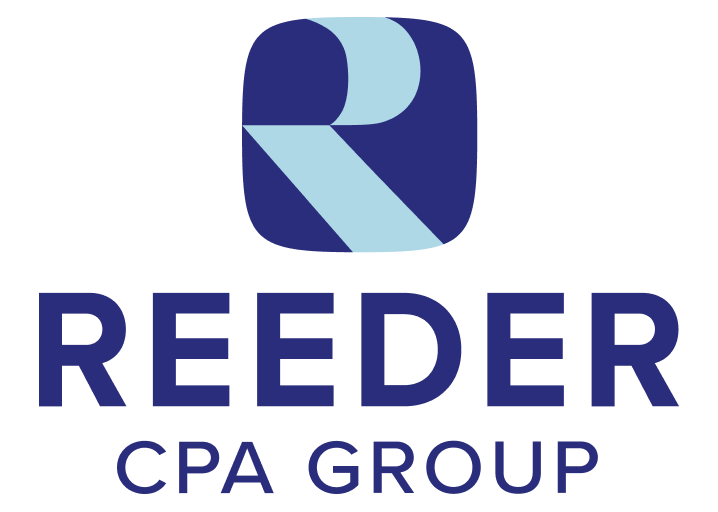No business enjoys overpaying on its taxes, but that’s what happens when an eligible entity doesn’t take advantage of the Research and Development tax credit. The R&D tax credit can help small businesses save big at tax time. Though many business owners don’t claim the tax credit concessions by simply assuming it doesn’t imply to them.
Conceding the fact that without some technical knowledge, it may be challenging for businesses to determine their eligibility for the tax credit or to estimate the size of expected benefits.
As many businesses overlook a significant tax-saving opportunity, we developed this guide to make them aware of what the R&D tax credit is and how it’s calculated to how you can claim it, and much more.
What is the Research & Development Tax Credit?
The research and development tax credit is a tax incentive in the form of a tax credit to encourage research activities relating to developing or improving products, processes, or software for U.S companies. The R&D Tax credit reduces the amount of tax owned or increases a tax refund.
A tax credit is available for eligible expenses incurred on specific forms of research, known as Qualifying Research Activities. If one qualifies for the R&D tax credit, there are two ways to calculate it.
Ways To Calculate R&D Tax Credit
Traditional method
Under the traditional or regular method, it equals 20% of the company’s qualified research expenses that exceed a base amount. The base amount is the product of a fixed base percentage and the average annual gross receipt of the company for the prior four tax years.
However, the base amount can never be less than 50% of qualified research expenses for the current year. Many companies found this method unreliable and cumbersome as it relies on a base period of expenses and gross receipts.
Companies who haven’t claimed the benefit of R&D credit tax in the past or don’t have the necessary data to determine their historical qualified research expenses will likely have an easier time using the second method.
Alternative Simplified Credit method
Under Alternative Simplified Credit (ASC) method it involves a four-step process to calculate the research credit.
- Computing the company’s average qualified research expenses (QREs) for the past three years
- Multiplying the average by 50%
- Deducting the result of the second step from the company’s current year qualified research expenses (QREs).
- Sum the credit by multiplying the result of the third step by 14%.
If the company had no research expenses in any of the prior three years, the tax savings is 6% of qualified research expenses for the current year.
Compare to the traditional method many find the Alternative Simplified Credit (ASC) method a less burdensome methodology to compute the credit.
Who can claim the R&D tax credit?
Many businesses don’t claim R&D tax credits because of a common misconception that the claim process requires too much effort. But in real R&D credit is available to any business that incurs expenses while attempting to develop new or improved products or processes.
With the right documentation and records, you can determine whether your business qualifies for the federal tax credit or not.
Records that are useful include:
- Tax and payroll records
- Testing documentation like project records, lab notes, prototypes, etc.
- Reports that track time, expenditures, and other project accounting data.
It is very important to establish a documentation process as soon as possible as it may become more time-consuming to address any gaps if you ignore them in the tax filing season.
What Activities Are Excluded?
The tax code excludes some activities from the R&D tax credit. According to the IRS Instructions for Form 6765, excluded activities are:
- Research performed after the beginning of commercial production
- Research adjusting an existing product or process to a certain customer’s need
- Duplication of an existing product or process
- Surveys or studies
- Research relating to certain internal-use computer software
- Research in the social sciences, humanities, or arts
- Research financed by another person or governmental entity
What expenses can be used to calculate the R&D credit?
Calculating the R&D credit requires documenting your company’s “qualified research expenses.”
Three main types of eligible expenses include:
- salary paid to people directly working on or supporting the development process
- Supplies used such as material and computer rentals during the development process
- Contracted research expenses that are paid to the third party for performing qualified research activities
Even if your research doesn’t lead to a successful product or process you can still claim the credit of failed research.
What is Processing Time for R&D tax credits?
The R&D relief must be claimed within two years of the accounting period the R&D took place. And you have to submit an amended tax return for a previous period in case you missed out on potential tax credits or tax savings.
The processing time for an R&D claim in the case of payable tax credits is 4-6 weeks and takes a week more to transfer the money after the claim has been submitted.
How We Can Help?
Swartz & Reeder Advisors is a Chicago-based financial advisory firm that specializes in small business and franchise clients. At Swartz & Reeder Advisors, we can help you identify qualified R&D expenses and file a tax credit which could significantly increase your refunds for years to come.
For more information about research and development tax credit, reach out to us.

